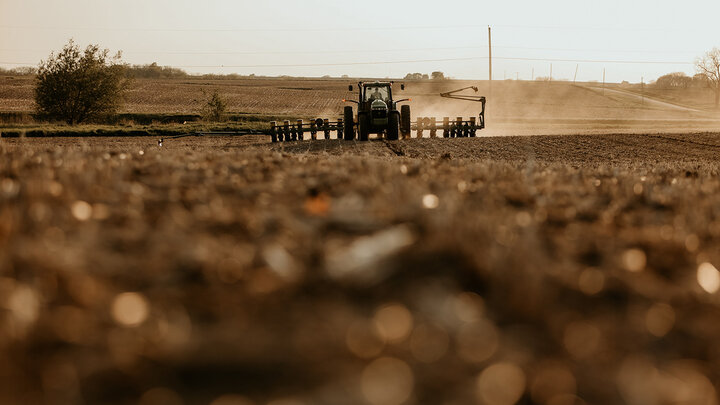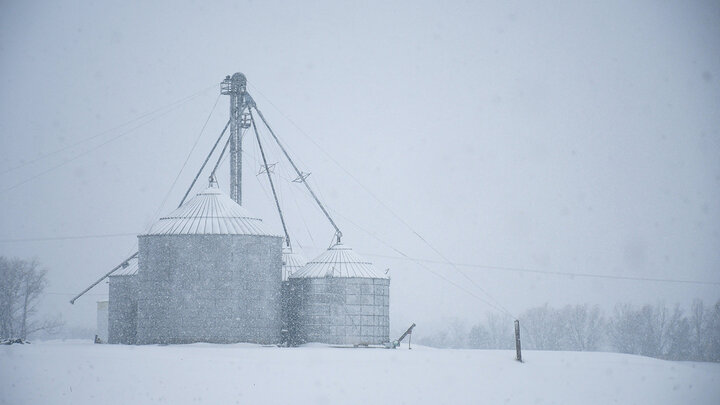The inception of the Federal Crop Insurance Program dates back to 1938, when it was initiated as a risk protection mechanism following the dust bowl and unsuccessful attempts by the private industry to provide insurance to agricultural producers. Crop insurance as part of the U.S. Federal Government farm program started as a pilot program with limited crop and regional insurance coverage, low producer participation and high loss experience. After a phase of program experimentation and amendments intended to improve a costly program with low producer participation, the Federal Crop Insurance Act of 1980 introduced premium subsidies as well as new forms of policy coverage and insured crops.
Subsequent notable legislative reforms expanded the size and scope of the program that ended up providing nationwide multi-peril crop insurance coverage for almost all available crops and commodities. For instance, the Federal Crop Insurance Reform Act of 1994 further increased premium subsidies to enhance producer participation in the program, the 1996 Farm Act approved the development and provision of revenue-based policies, and the 2000 Agricultural Risk Protection Act (ARPA) provided $8.2 billion for the development of new insurance products and additional premium subsidies. ARPA changed also the structure of premium subsidies for revenue-based policies from fixed per acre dollar amounts to percentage shares of the premiums, the same subsidy structure found in yield-based policies.
Premium subsidies reduce the cost of insurance to agricultural producers and, consequently, their magnitude has played central role in the growth of the program over time. Indeed, through the implementation of the aforementioned legislative acts expanding premium subsidies, the crop insurance program grew from $254.8 million in premium subsidies for 99.6 million insured acres in 1994 to $6.36 billion in premium subsidies for 769 million insured acres in 2019. Note also that, twenty years after the introduction of 80% and 85% coverage levels in 1999, high-coverage policies grew to represent 26% of insured acres and 32% of premium subsidies (around $2 billion).
While the government has justified the use of premium subsidies as a necessary means of increasing producer participation in crop insurance, many have argued that premium subsidies are just another means of income redistribution from taxpayers to producers. Given the significant producer heterogeneity with respect to attitudes towards risk and the fact that these attitudes are private information, an argument can also be made that premium subsidies are a means of resolving this information asymmetry and inducing certain insurance contract choices by producers.
For example, in 2000, the year before ARPA was enacted, the average per acre subsidy for low-coverage insurance (i.e., coverage below 80%) was $4.74, while the average subsidy for high-coverage insurance (i.e., coverage at or above 80%) was $2.49 per acre. In 2001, the first year ARPA took effect, the average per acre subsidy for low-coverage insurance increased to $8.29 while the average per acre subsidy for high-coverage insurance increased to $9.23. The percent of acres in a high-coverage contract increased from 5.9% in 2000 to 9.3% in 2001, a 57.6% change.
The goal of this study is to analyze and evaluate all different policy objectives/roles of premium subsidies and improve our understanding of the relationship between the stated (increasing producer participation) and revealed government objectives (resolution of information asymmetry and income redistribution) and the role of premium subsidies in achieving these objectives. To study the role of premium subsidies in crop insurance policy design and implementation, as well as the asymmetric effects of the policy on producers with different risk preferences, our study develops a novel framework of analysis that effectively captures the empirically relevant heterogeneity in producer attitudes towards risk (which has been ignored by the relevant literature), as well as the tradeoffs involved in producer decisions with respect to different crop insurance options/contracts available to them.
The analysis reveals a strong connection and a complementarity between the stated and revealed policy objectives of the government. Most importantly, the analysis reveals that income transfers from taxpayers to agricultural producers are, indeed, an objective of the crop insurance policy and not a necessary cost of increasing producer participation. Using insights from our model, we identify an alternative design of premium subsidies that can achieve the stated government objective of increased producer participation at reduced taxpayer costs. To assess the magnitude of the savings associated with the implementation of our proposed policy design, we compare its costs to those of ARPA, focusing on the years before and after the implementation of this reform. The alternative policy design could have achieved the same acreage enrollment in crop insurance by approximately saving taxpayers $780 million, or 95% of the new subsidy payments in 2001 alone. It is important to note that additional savings would have been realized also in subsequent years as premium subsidies under ARPA have continued to exist.
The full study is available here.
Reference
Mavroutsikos C, Giannakas K, Walters C (2021) The role of premium subsidies in crop insurance. PLoS ONE 16(4): e0250129. doi:10.1371/journal.pone.0250129.
Charalampos Mavroutsikos is a Postdoctoral Research Associate, in the Department of Agricultural Economics, University of Nebraska-Lincoln.
Konstantinos Giannakas is the Harold W. Eberhard Distinguished Professor in the Department of Agricultural Economics, University of Nebraska-Lincoln.
Cory Walters is an Associate Professor in the Department of Agricultural Economics, University of Nebraska-Lincoln.




